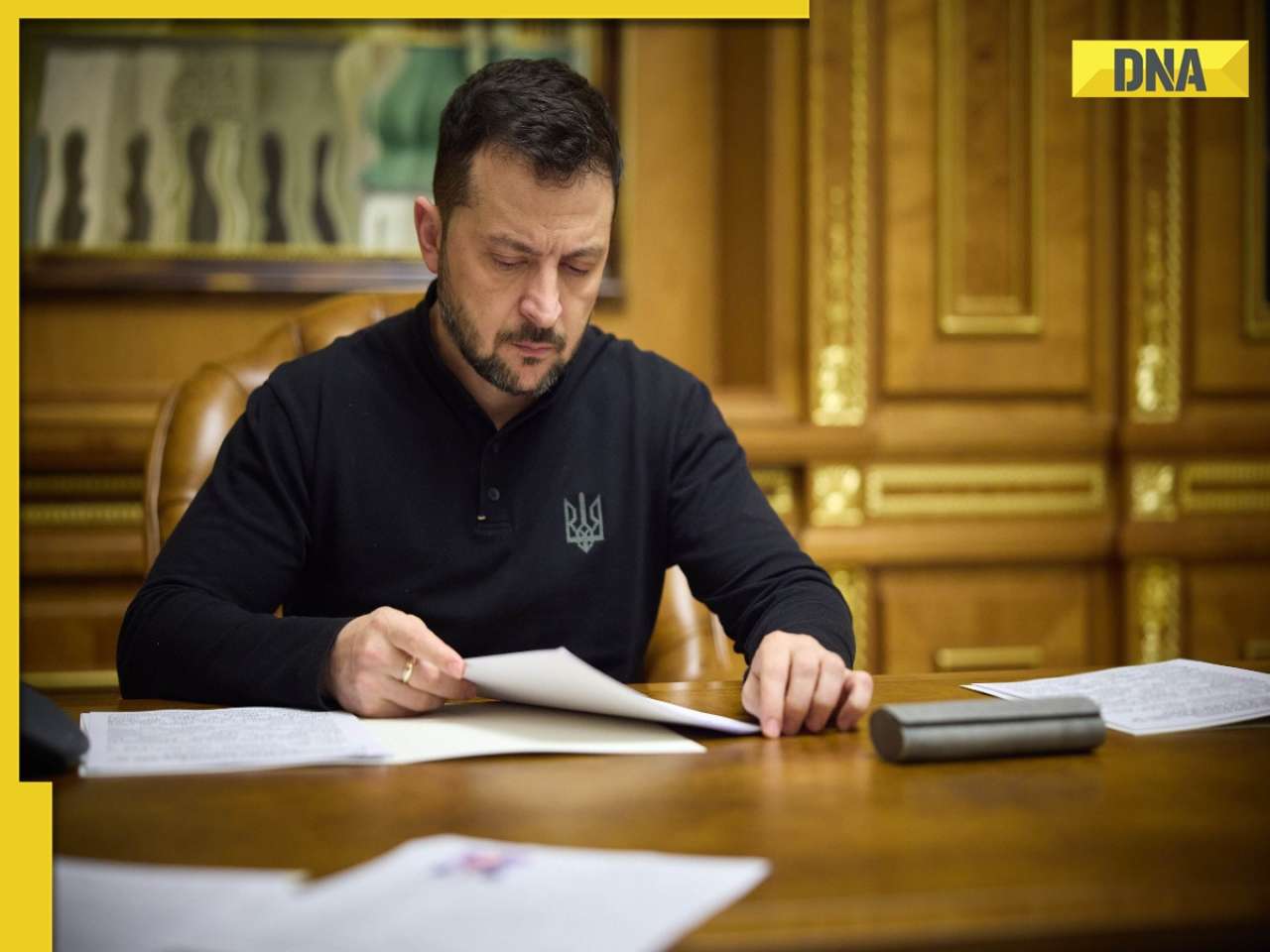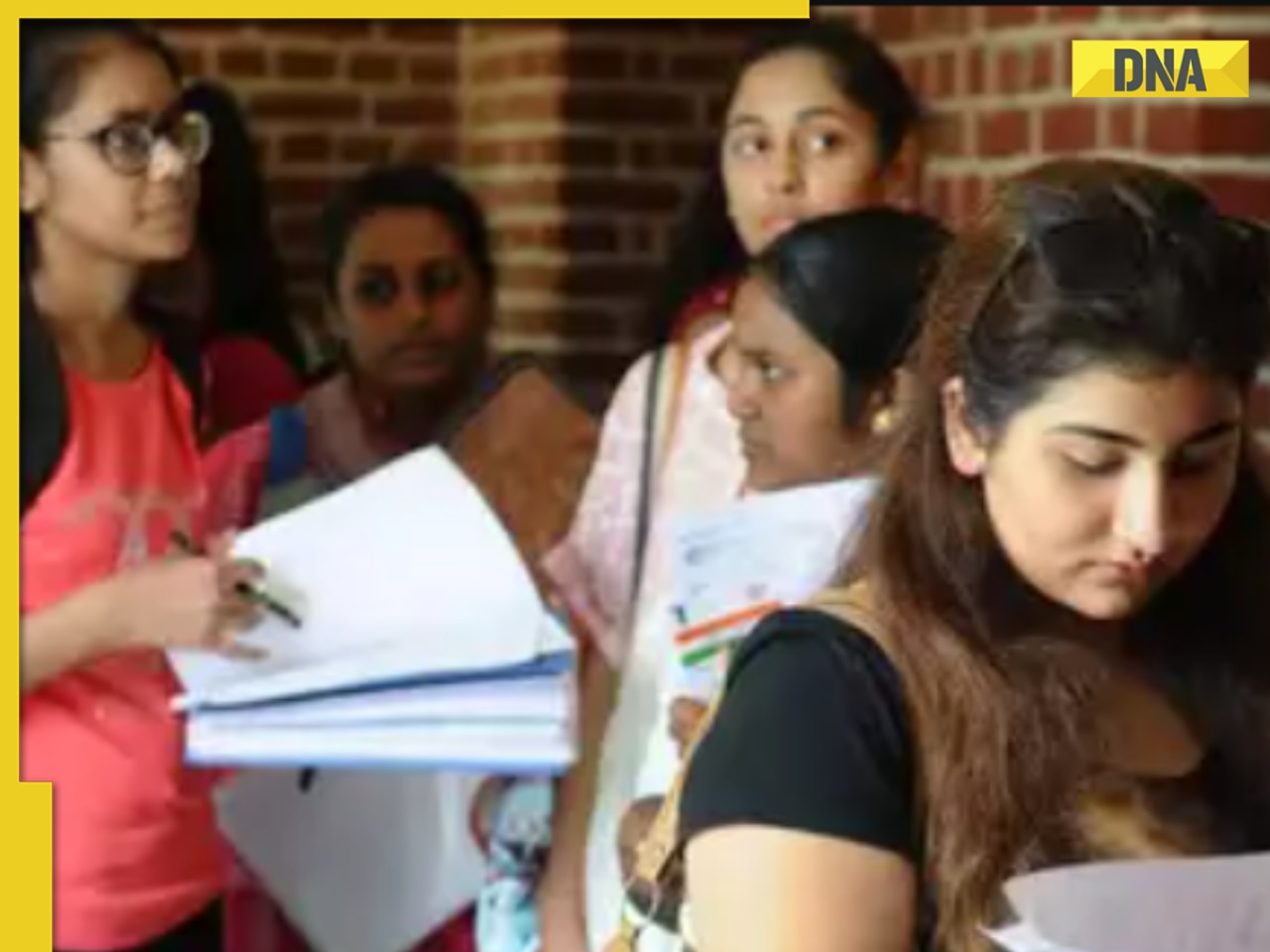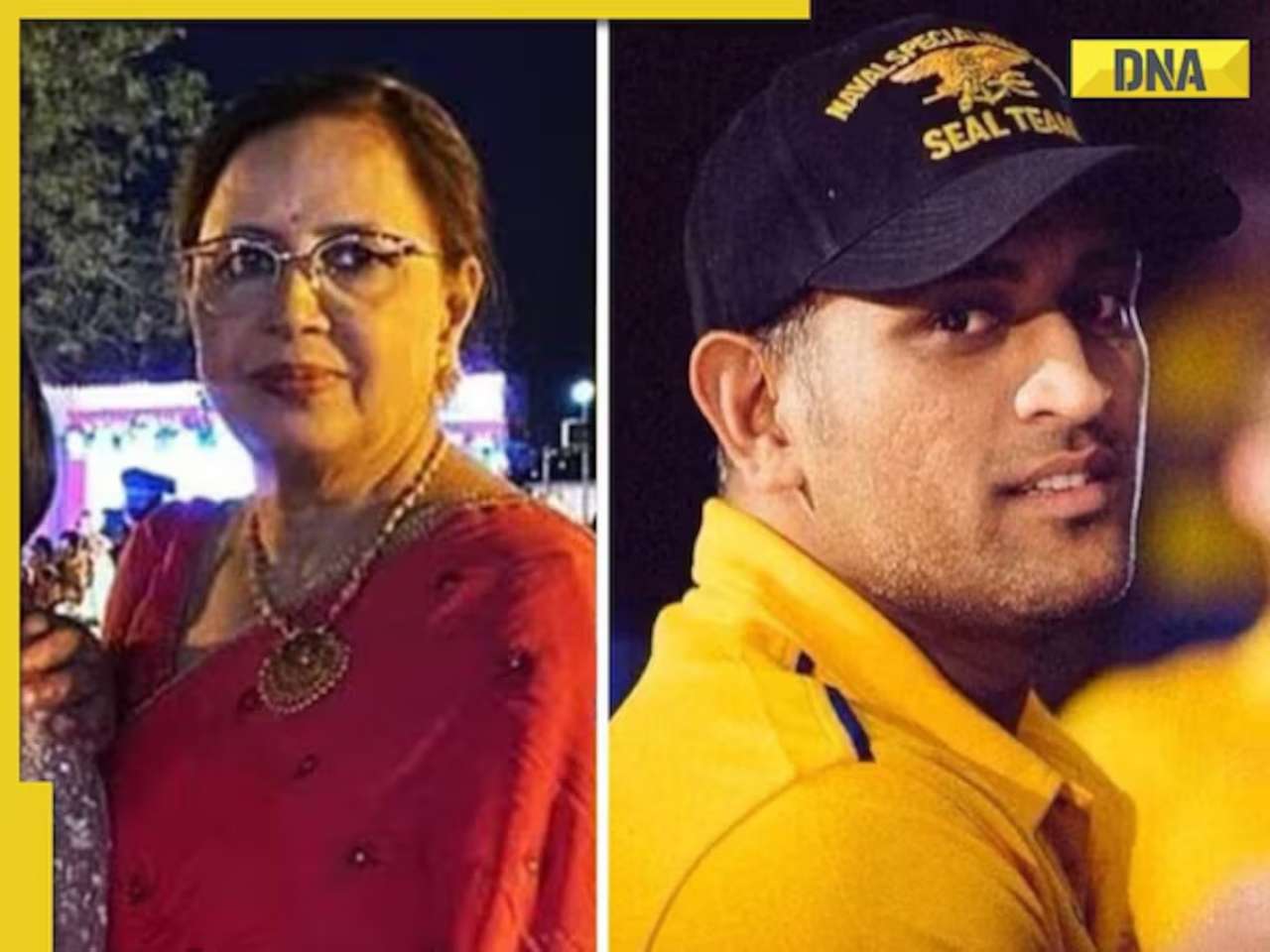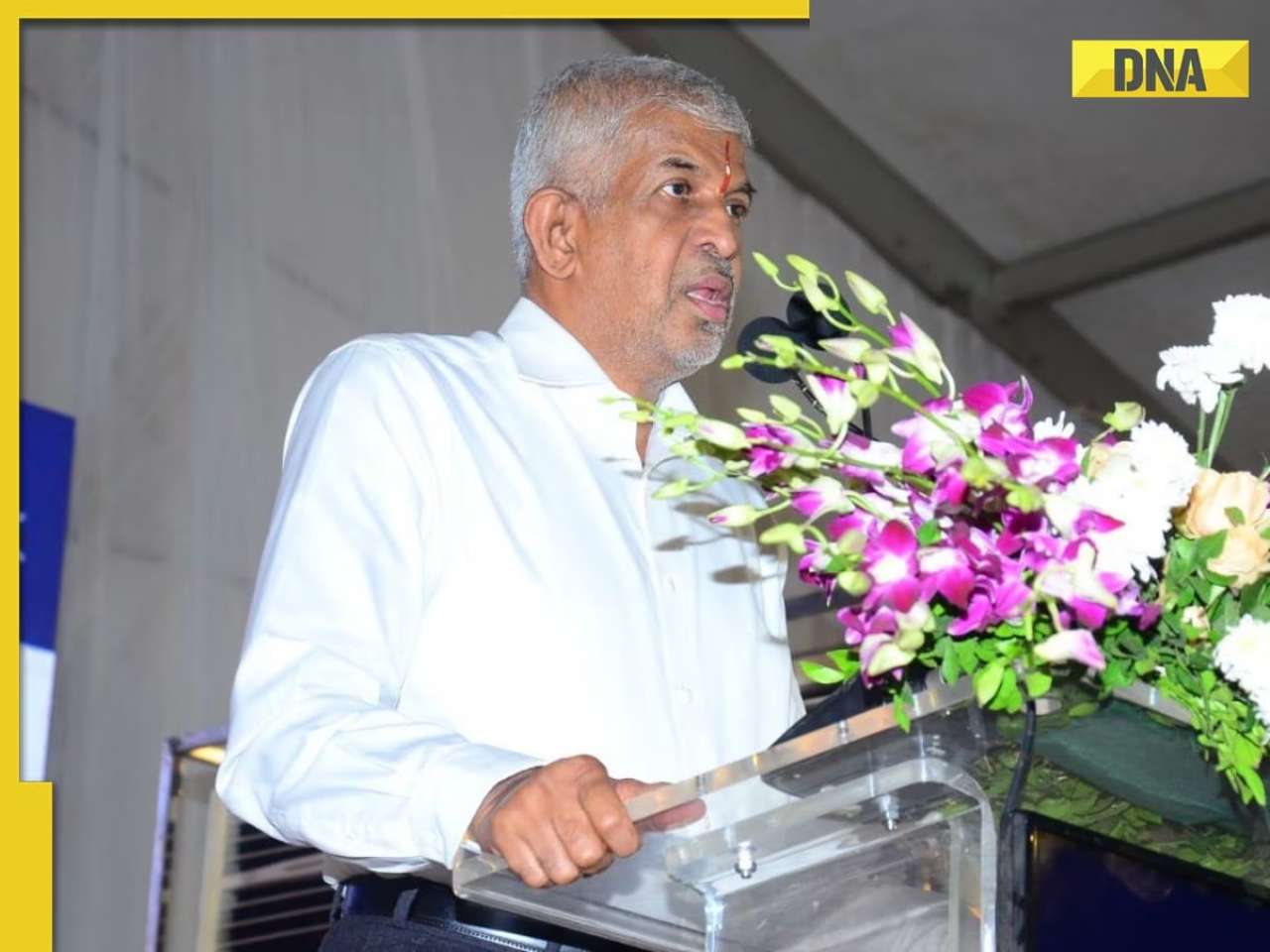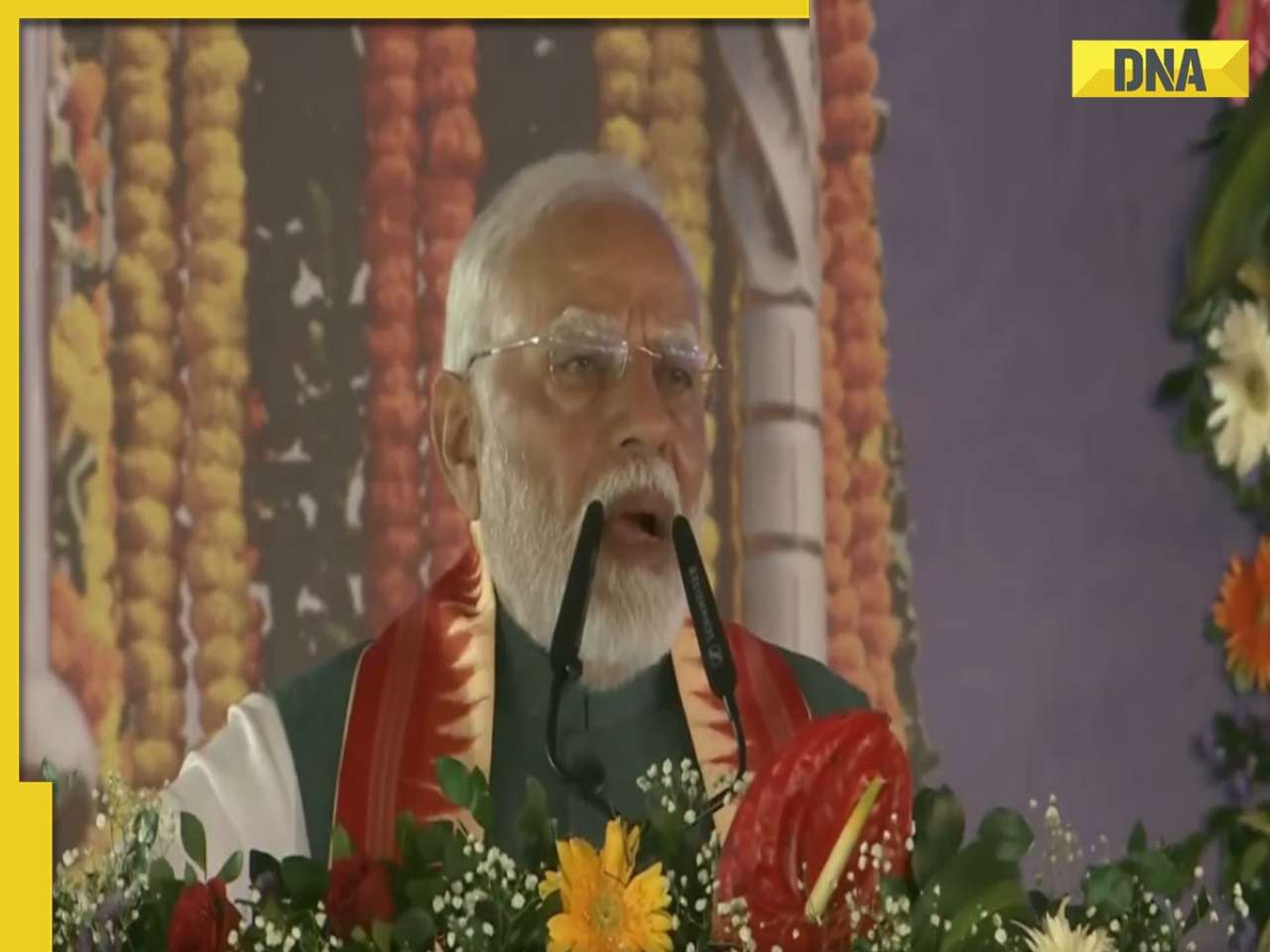- LATEST
- WEBSTORY
- TRENDING
EDUCATION
Meet Indian genius left penniless by partition, struggled to feed family, joined army, become one of world’s famous..
Before leaving for the US, Batra worked for a year as a lecturer at Delhi's Deshbandhu College.He was an army officer in India as well.
TRENDING NOW
Lekh Raj Batra was an eminent linguist and mycologist.He researched fungal diseases, the bio-systematics of hemiascomycetes and discomycetes, and the symbiotic relationships between fungi and beetles with a particular emphasis on ambrosia beetles and fungi.
In Western Punjab, British India, Batra was born in the village of Nawan Jandanwala, which is close to the Thar Desert. There were two brothers and two sisters in his immediate family. Batra went to high school in Lahore, Pakistan, and was the first person in his family to receive an education.
But he lost all of his mother's side relatives in the ethnic violence that followed British India's partition in 1947, and his impoverished family relocated to Punjab, India. There, while searching the hills for edible mushrooms to feed his family, he developed an interest in mycology. He continued as a President of India scholar, graduating from Panjab University, Chandigarh with honours in both his bachelor's and master's degrees in botany after travelling to India. He relocated to the United States in 1956 to pursue his studies at Cornell University under the guidance of Richard P. Korf, a mycologist. In 1958, he earned his doctorate in botany.
Before leaving for the US, Batra worked for a year as a lecturer at Delhi's Deshbandhu College.He was an army officer in India as well. He met Suzanne W. Tubby, his future wife, while teaching botany at Swarthmore College, which is located close to Philadelphia, after earning his doctorate from Cornell University. In the 1960s, he had a brief employment with the Indian government. After his return to the United States, he became a research associate at the University of Kansas, where his wife was pursuing her doctorate in entomology. Later on, Batra worked as an assistant and associate professor, studying the mutualistic relationship between beetles and ambrosia fungi.
He obtained US citizenship in 1963. They relocated to Beltsville, Maryland, when his wife received her degree in 1967, and he started working at the federal government's Beltsville Agricultural Research Centre, rising to the position of senior scientist and research leader. He was a science advisor to the Beltsville director in 1986. 1994 saw his retirement.Following his retirement, he worked as the coordinator of the International Encyclopaedia of Life Support Systems, a UNESCO initiative that supplied developing nations with agricultural and food-related knowledge.
Over his career, Batra wrote four monographs, including World Species of Monilinia, and published over 130 articles and reviews. In addition to editing two volumes of a journal, he worked as an editor on four books. Before retiring, he explored the globe in pursuit of unidentified fungi, finding 38 new species[5] and seven fungal diseases. His wife Suzanne and he worked together to conduct research on insects that grow fungi; in 1967, Scientific American published an overview of their work.Their research on the Monilinia species-caused mummy-berry disease of blueberries and huckleberries was also published in Science in 1985. When Batra passed away in 1999, he was still working on his autobiography, which was to focus on his childhood in the Indus Valley.







)
)
)
)
)
)
)
)
)
)
)
)
)
)
)
)

























